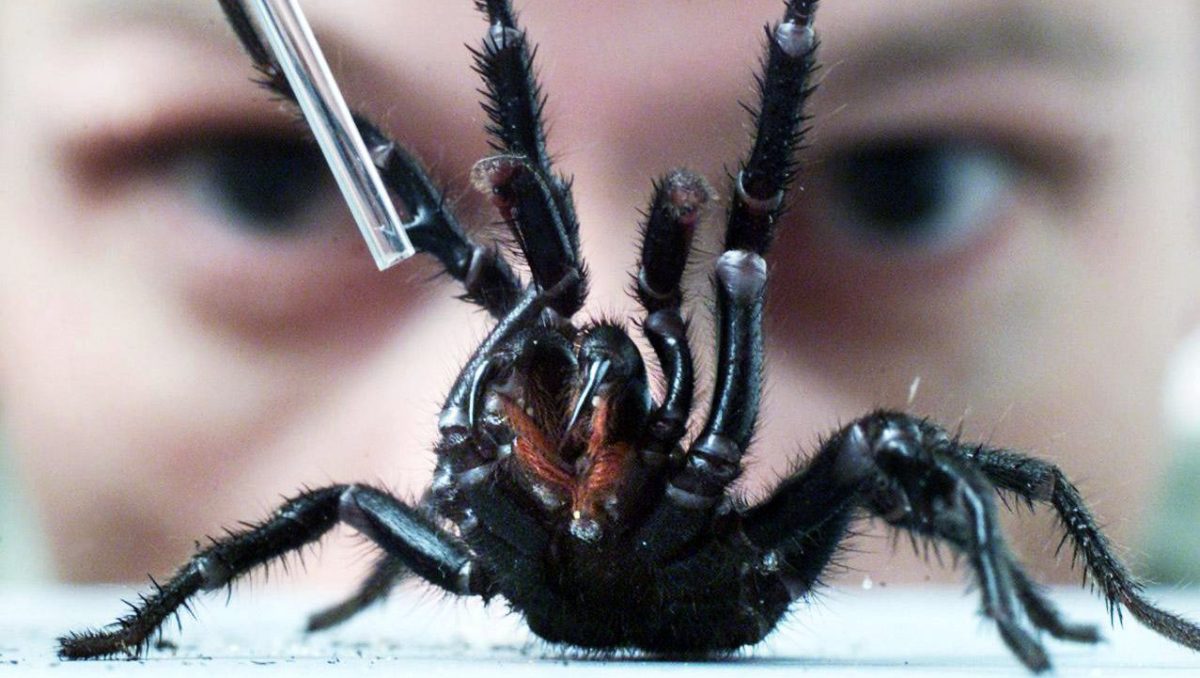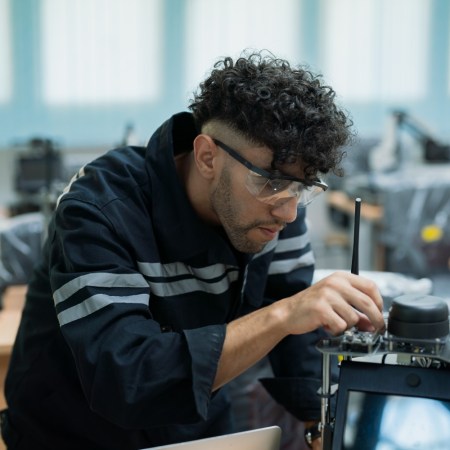Sure spider silk can be used to build armor, artificial skin, and treat spinal cord damage, but now scientists are amazed to learn that the silk responds to the humidity around it.
According to a new study published in Science Advances, MIT researchers discovered that spider silk fibers respond to changing humidity when they suspended the silk in a chamber. The silk reacted by twisting and contracting.
“It was out of our expectation,” Dabiao Liu, a researcher and associate professor at Huazhong University of Science and Technology in Wuhan, China, said. “It really shocked me.”
The team behind the study isn’t sure how the spider’s silk fits into the natural order of things in its environment, but they are eager to apply the discovery to other technologies. The silk’s reaction could be applied to certain types of control devices or sensors.
“This could be very interesting for the robotics community,” researcher Professor Markus Buehler, head of the Department of Civil and Environmental Engineering, said. “It’s very precise in how you can control these motions by controlling the humidity.”
The future could be filled with smart fabrics and humidity-driven robots all thanks to spider silk.
Thanks for reading InsideHook. Sign up for our daily newsletter and be in the know.


















